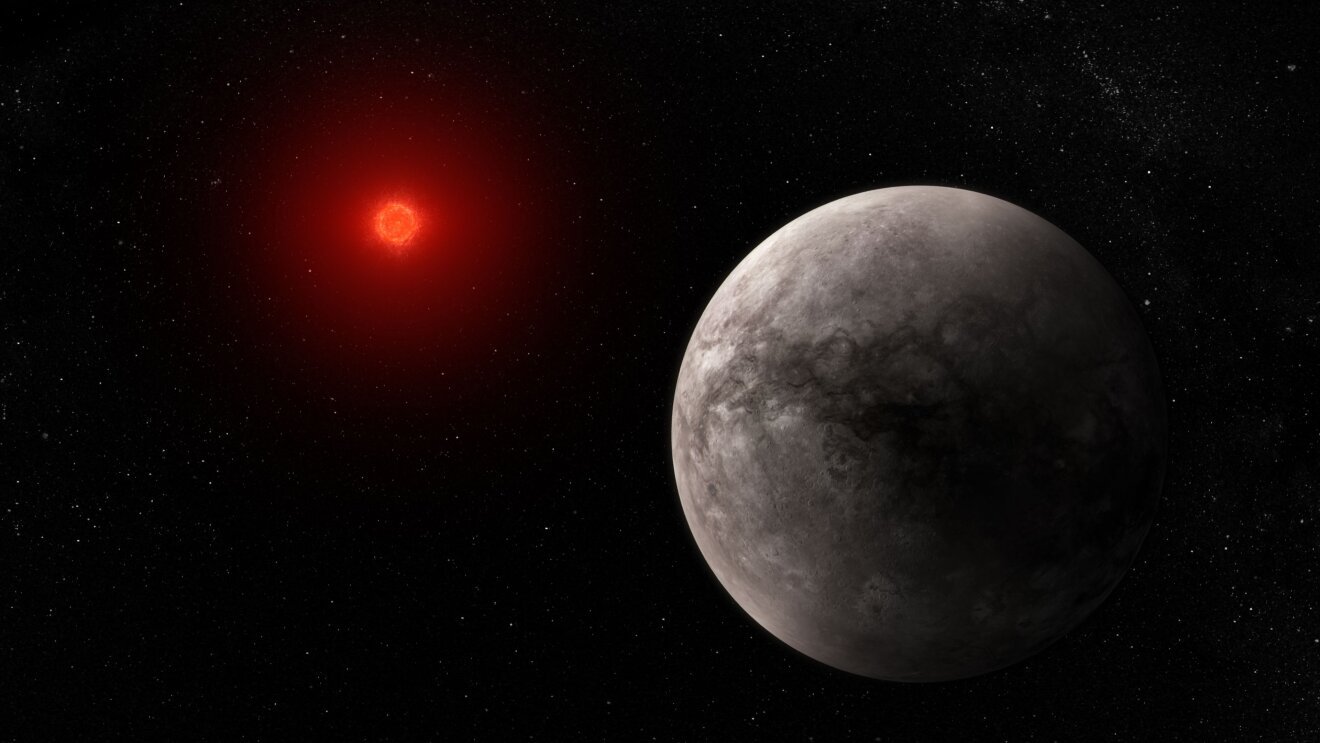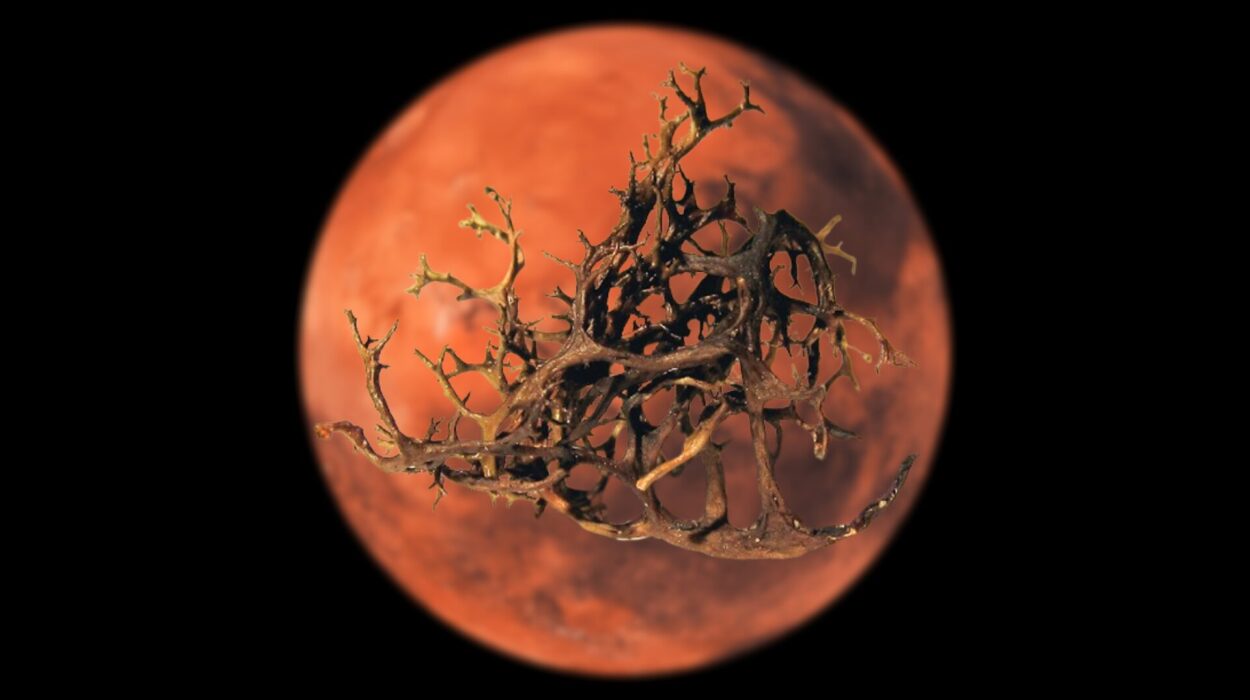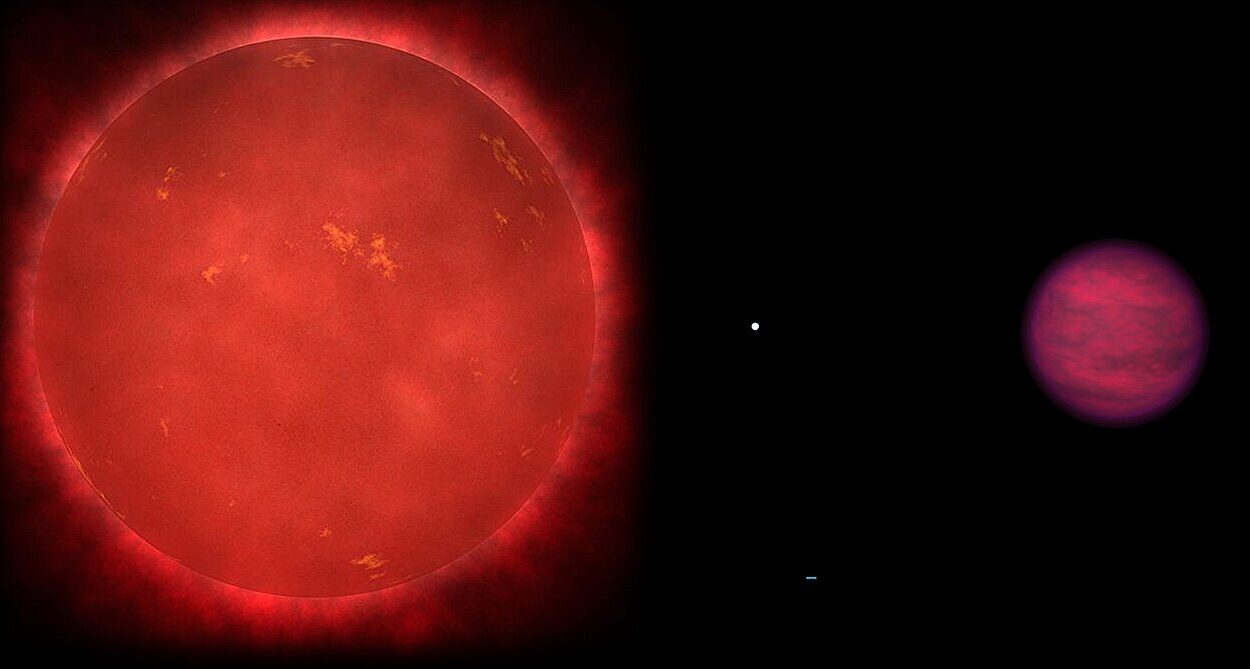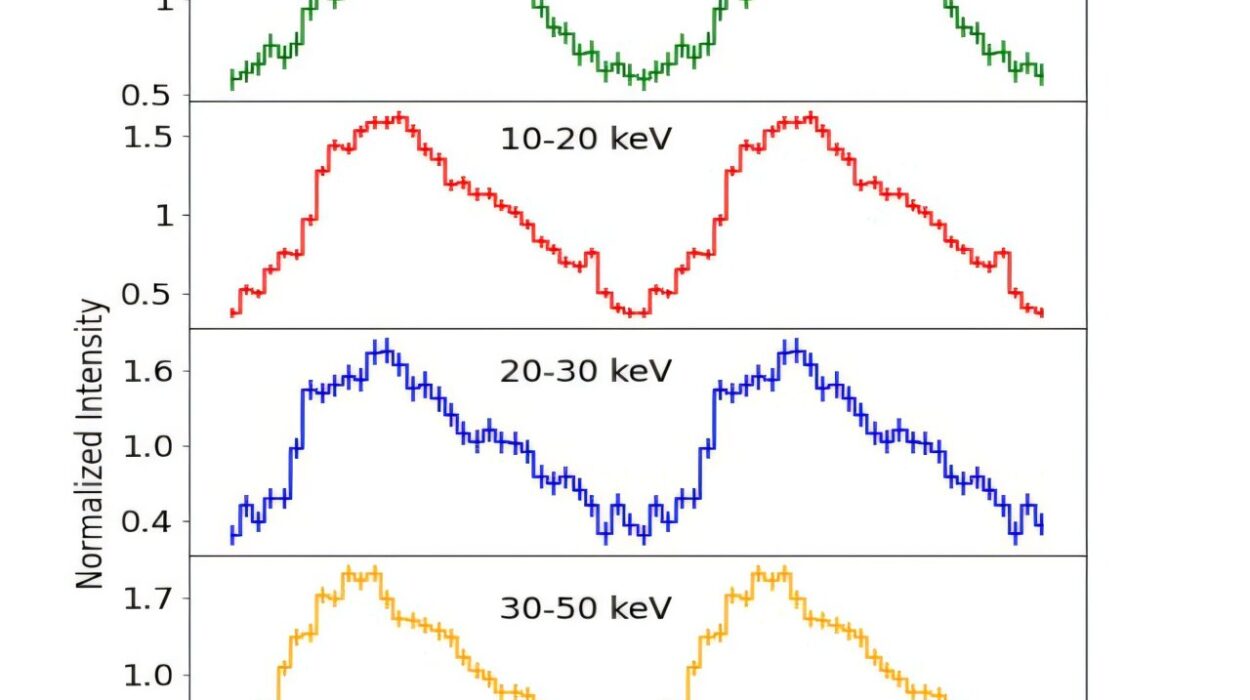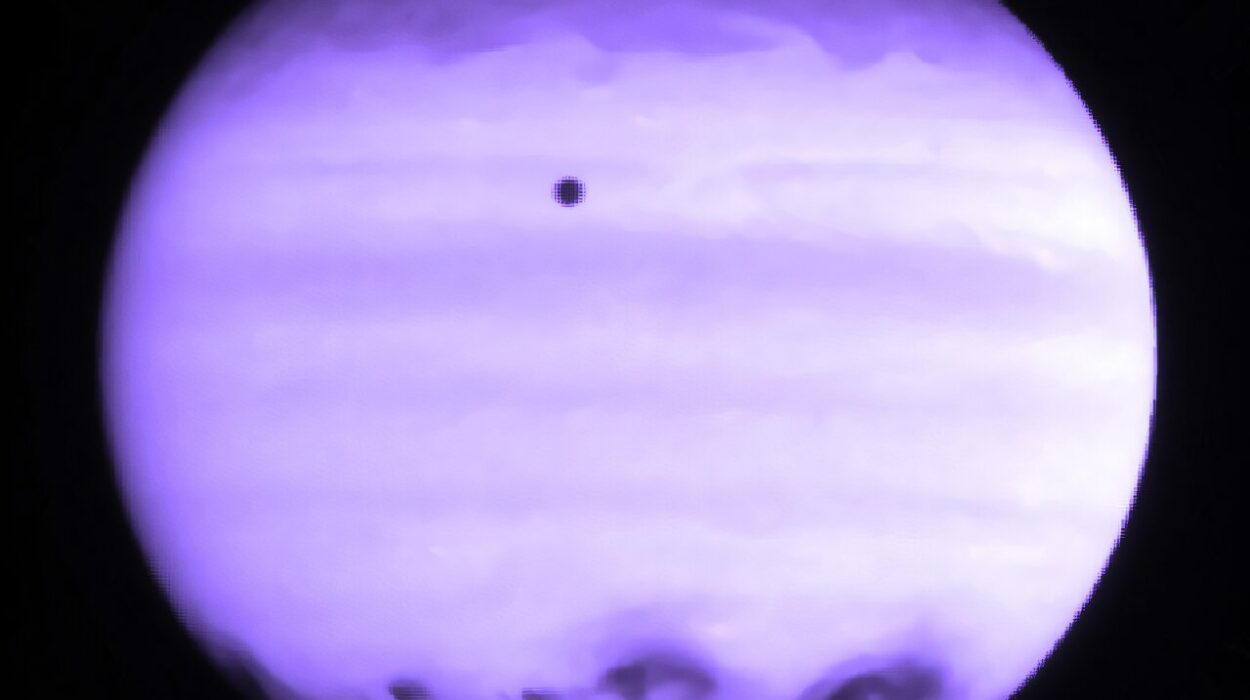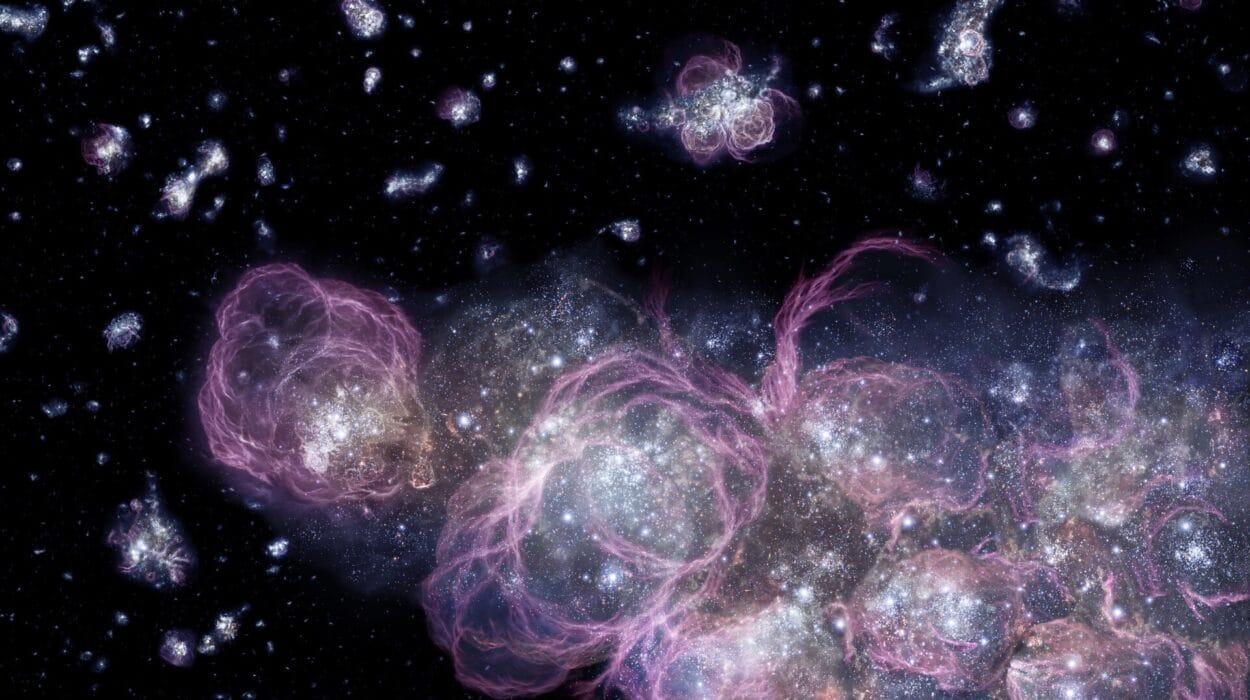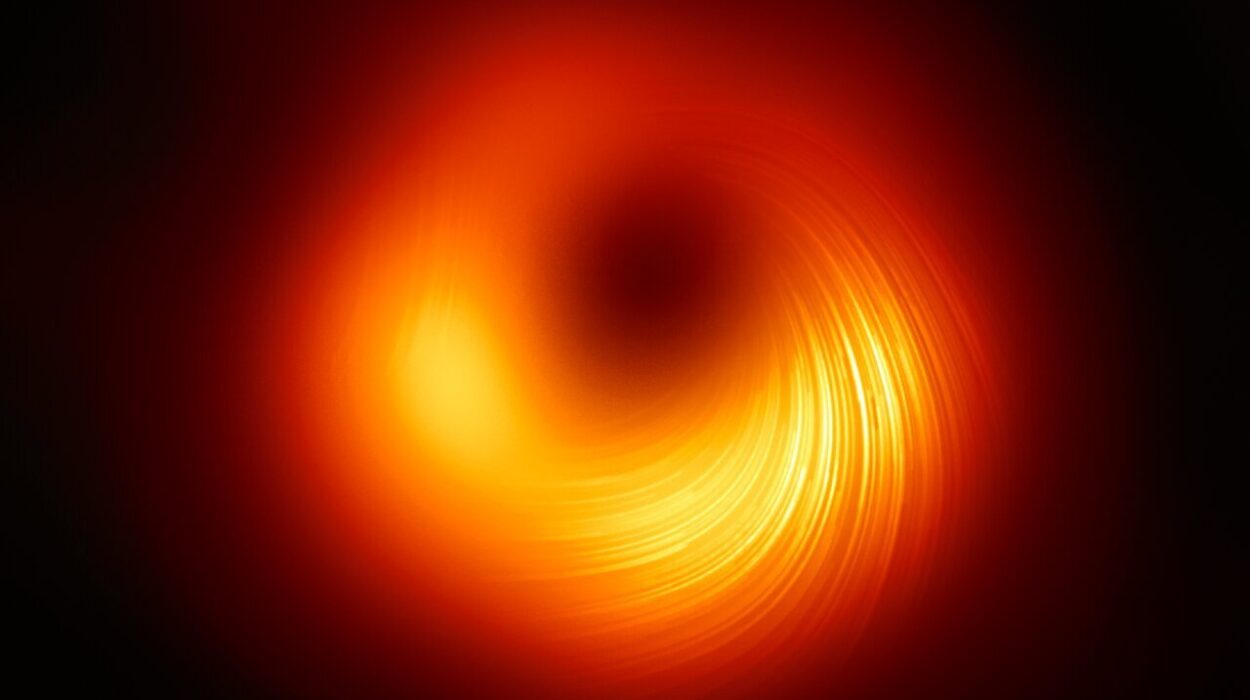It’s the kind of question that drives humanity to explore the stars: Can life exist around a dying star? For Caldon Whyte, a passionate space scientist deep into his Ph.D. at Florida Tech, it’s more than just a hypothetical. It’s a journey—one that may reshape how we search for life beyond Earth.
Two years into his doctoral work in space sciences, Whyte has set his sights on one of the most unassuming yet enigmatic celestial objects in the cosmos: white dwarf stars. These stellar remnants are the husks of once-mighty stars like our own sun, cooled and dimmed as they reach the twilight of their cosmic existence. And yet, despite their faded brilliance, white dwarfs may harbor a surprising secret: the potential to support life.
In a study that has garnered attention across the astronomical community, Whyte has crafted an innovative model demonstrating that white dwarfs could sustain both photosynthesis and ultraviolet (UV)-driven abiogenesis in their orbiting planets’ habitable zones. It’s a groundbreaking insight, published in his paper, “Potential for Life to Exist and be Detected on Earth-like Planets Orbiting White Dwarfs”, featured in the Astrophysical Journal Letters.
This work, co-authored with his mentors Dr. Manasvi Lingam and Dr. Luis Henry Quiroga-Nuñez at Florida Tech, along with Dr. Paola Pinilla from University College London, may change where and how we search for life in the universe.
A New Frontier in Astrobiology: Life Beyond the Main Sequence
For decades, scientists have zeroed in on so-called “Goldilocks zones”, the regions around stars where a planet could theoretically maintain liquid water on its surface—neither too hot nor too cold. Earth, of course, sits comfortably in the sun’s habitable zone, its life-sustaining conditions a cosmic sweet spot.
But what happens when a star like our sun dies? When its nuclear furnace runs out of fuel, it sheds its outer layers and collapses into a dense white dwarf—a star no larger than Earth, but packing half the sun’s mass. Conventional wisdom long held that such stars, in their cooling and fading, were inhospitable to life.
Yet recent data from powerful observatories, especially the James Webb Space Telescope (JWST), has sparked renewed interest. Astronomers have spotted exoplanets orbiting white dwarfs, and a tantalizing question emerges: Could life exist on those distant worlds?
Whyte, whose fascination with astrobiology began during his undergraduate years (he graduated with a Bachelor’s degree in the subject in 2023), believes the answer may very well be yes.
The Twin Engines of Life: Photosynthesis and UV-Driven Abiogenesis
Life, as we know it, relies on two fundamental processes: photosynthesis and abiogenesis.
Photosynthesis powers life on Earth, turning sunlight into energy and fueling the food chain from the smallest cyanobacteria to the tallest redwood. It’s why Earth’s habitable zone depends so much on the presence of sufficient stellar light.
But life had to begin somewhere. Scientists propose abiogenesis—the emergence of life from non-living matter. A key player in this theory? Ultraviolet (UV) radiation. On early Earth, UV radiation may have driven chemical reactions that created the building blocks of life: amino acids, nucleotides, and eventually, RNA and DNA.
For a planet orbiting a white dwarf, the question is whether there’s enough energy to support both these life-generating and life-sustaining processes. If a white dwarf can provide the necessary light for photosynthesis and UV radiation for abiogenesis—then suddenly, these dying stars become prime candidates in the hunt for life.
A Star That Cools, but Slowly: White Dwarfs as Life Hosts
Unlike main sequence stars like our sun, white dwarfs don’t burn nuclear fuel. Once they shed their outer layers and leave behind their core, they spend billions of years gradually cooling. This means their energy output changes over time, and their habitable zones—which start relatively close to the star—shrink as they cool.
“White dwarfs are unique because their temperature is inconsistent,” Whyte explains. “Their energy outputs gradually decrease, and their habitable zones continually narrow.”
For most astronomers, this variability made white dwarfs unlikely homes for life. But Whyte wasn’t convinced. He wanted to know if a planet in a white dwarf’s habitable zone could keep up with the cooling star long enough for life to take root and thrive.
Building a Model of Alien Possibility
With the guidance of Dr. Lingam and Dr. Quiroga-Nuñez, Whyte constructed an intricate model simulating the experience of an Earth-like planet orbiting a white dwarf. His model traced how the planet’s exposure to energy would change as the white dwarf cooled over time—an essential calculation in determining whether the conditions remained favorable for life.
He didn’t stop at energy levels. Whyte’s simulation explored whether the planet could simultaneously receive enough energy to support both photosynthesis and UV-driven abiogenesis, two requirements for a life-supporting biosphere to arise and be sustained.
The result? Over a 7-billion-year window—the estimated maximum habitable lifetime for an Earth-like planet in a white dwarf’s habitable zone—the modeled planet continued to receive enough energy for both processes to occur.
“That isn’t really common around most stars,” Whyte says. “Our sun can provide enough energy for both, but brown dwarfs and red dwarfs, which are smaller, often don’t. They might be too faint in the UV or not deliver enough energy for photosynthesis.”
Implications for the Search for Life in the Universe
Whyte’s findings offer a new blueprint for where scientists can search for life-bearing planets. Until now, stars like the sun and red dwarfs have received the bulk of attention in exoplanet searches. But Whyte’s work adds white dwarfs to the list of promising candidates.
“We’re giving them the confidence that these star systems are worth investing time and money into,” he says. Armed with his research, astronomers can prioritize white dwarf systems when planning missions or targeting observations with telescopes like the JWST.
Whyte’s paper isn’t just a theoretical exercise. It’s already influencing the practical strategies that scientists use to hunt for life—and it’s only the beginning.
What Comes Next: From Models to Observations
The next phase of Whyte’s Ph.D. journey is even more ambitious. He plans to observe real white dwarfs through the James Webb Space Telescope and search for planetary companions. Ideally, he’s looking for systems that match the conditions his model predicts.
If he finds a white dwarf with an Earth-like planet in its habitable zone, it could validate his model and provide a compelling target for follow-up studies. Even if no such planets are found right away, Whyte emphasizes the importance of ruling out possibilities, too.
“Even if we don’t detect something positive, just collecting solid results matters,” he explains. “Whether that’s being able to say, ‘Maybe these aren’t the best targets to look at,’ or finding some kind of hint or clue—any results will be meaningful.”
The Big Picture: A New Era in Exoplanet Exploration
Whyte’s work opens a new frontier in astrobiology. As telescopes become more advanced and data grows richer, scientists need models like his to guide their exploration. If life can exist around a white dwarf—a star long thought too cold and unstable to support life—it changes the entire paradigm of habitability.
It suggests that life may be more resilient and adaptable than we ever imagined. It expands the cosmic stage on which life’s drama could unfold. And it places the humble white dwarf, often overlooked in the shadow of brighter stars, at center stage in the search for extraterrestrial life.
Conclusion
Caldon Whyte isn’t just studying the stars. He’s redefining where life might thrive in the universe. His work on white dwarfs is a reminder that in science, the most intriguing discoveries often come when we challenge assumptions and explore the overlooked.
With each observation and each model refined, Whyte takes us closer to answering one of humanity’s oldest and deepest questions: Are we alone?
And in the cool, fading light of a distant white dwarf, we may one day find the answer.
Reference: Caldon T. Whyte et al, Potential for Life to Exist and be Detected on Earth-like Planets Orbiting White Dwarfs, The Astrophysical Journal Letters (2024). DOI: 10.3847/2041-8213/ad9821
